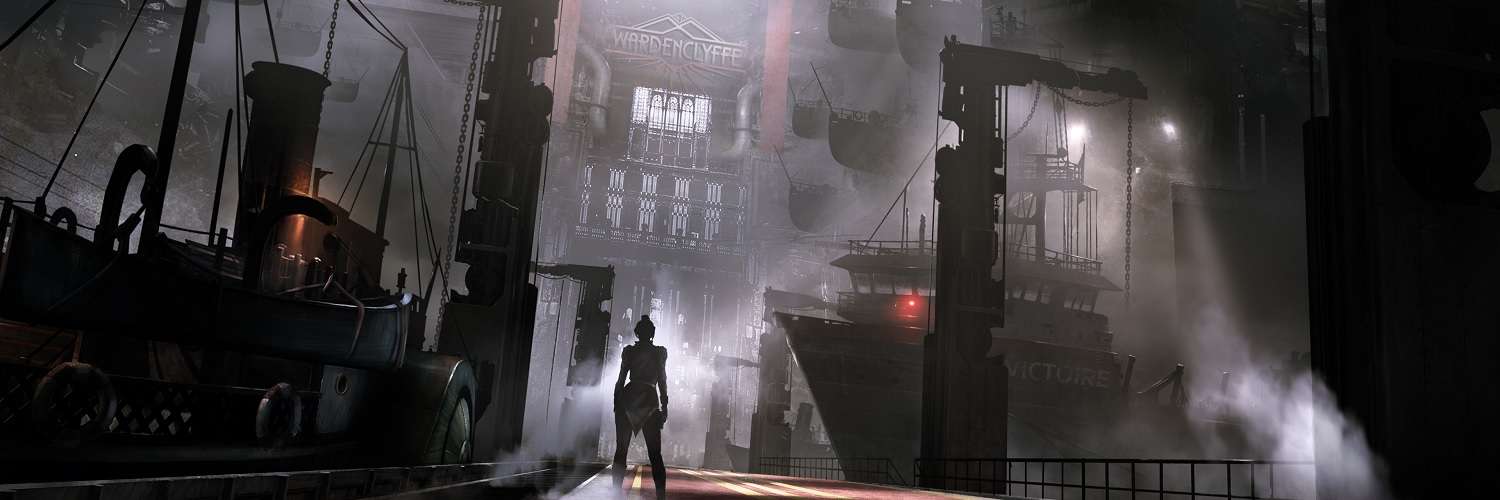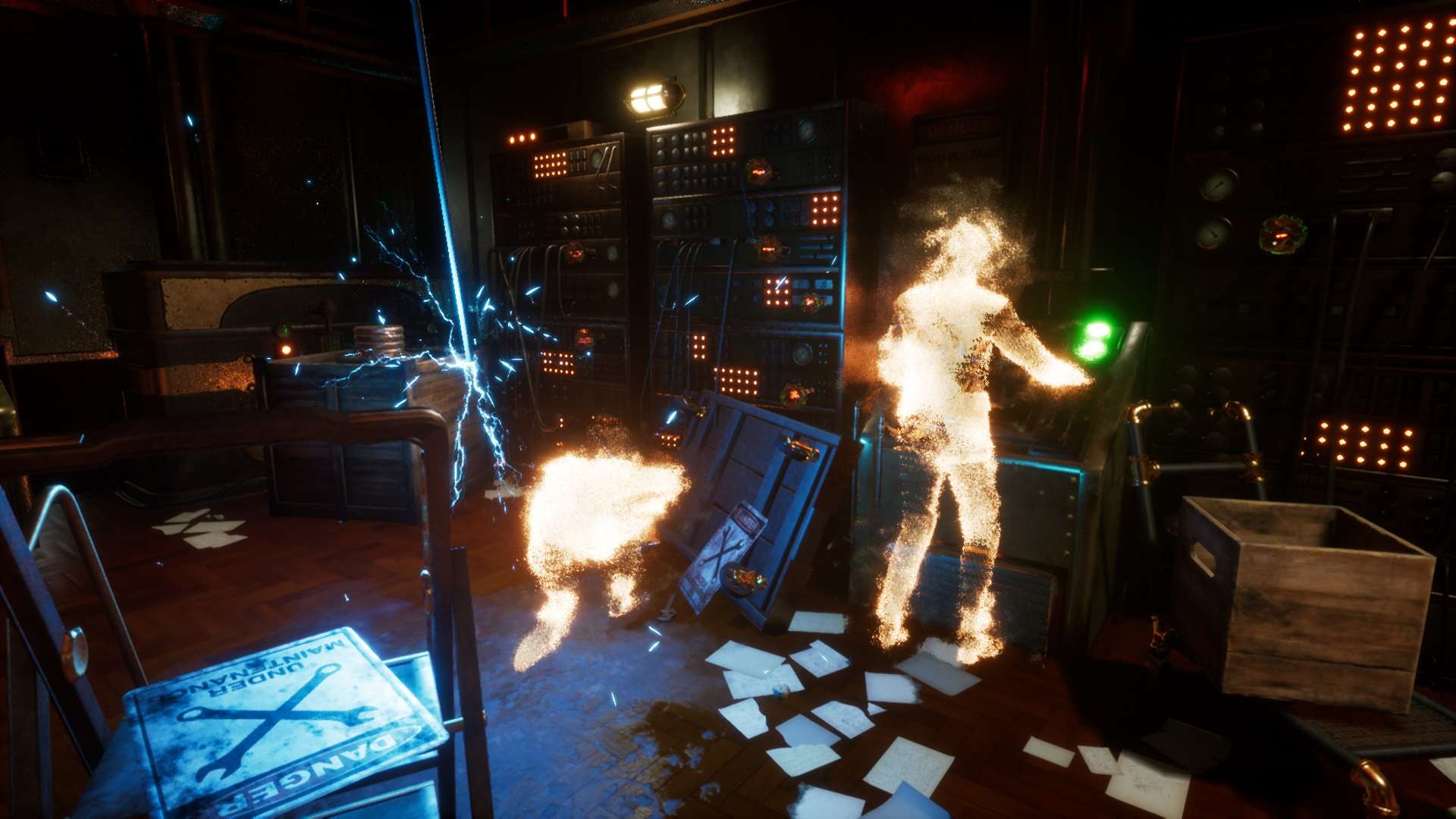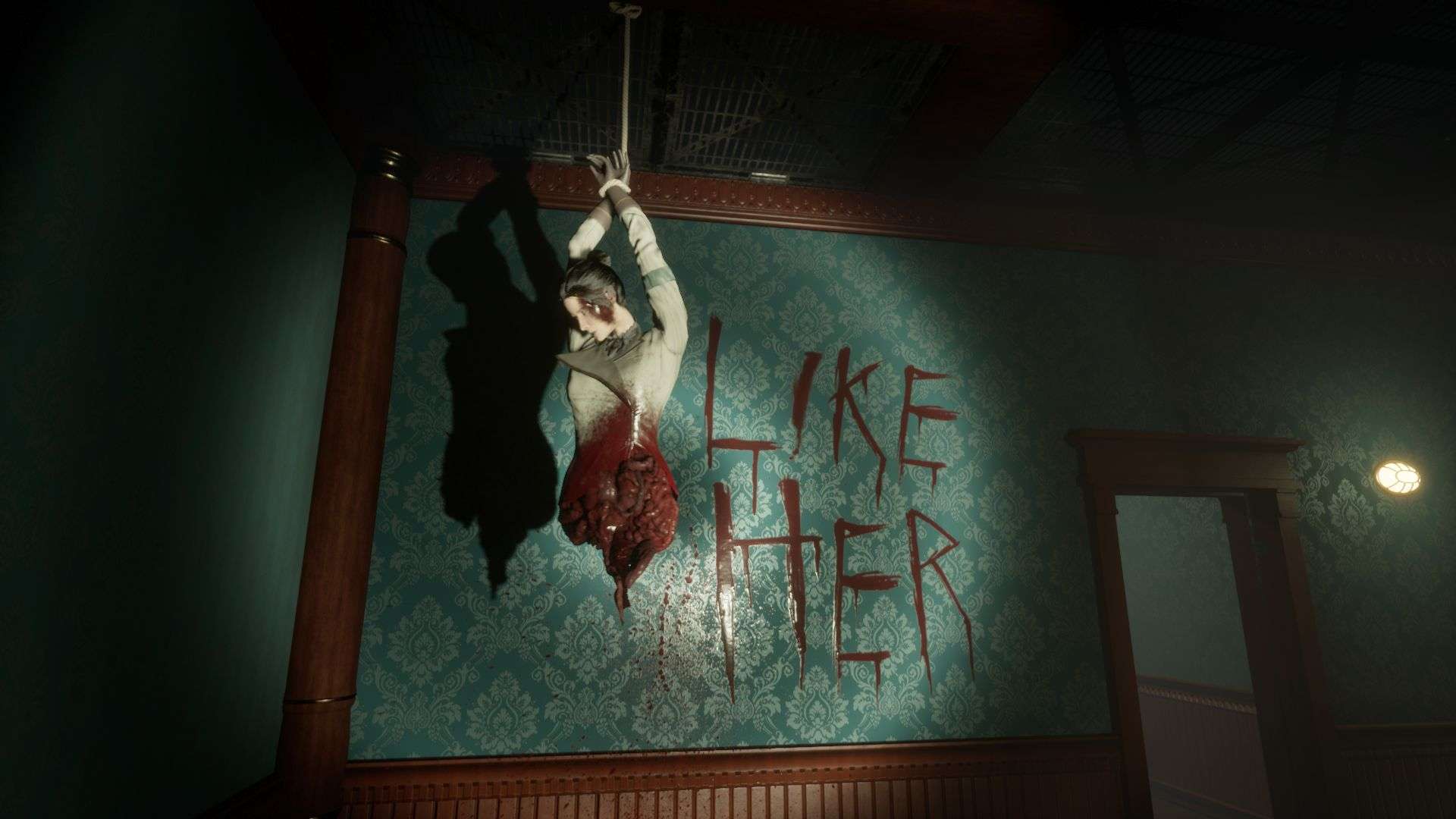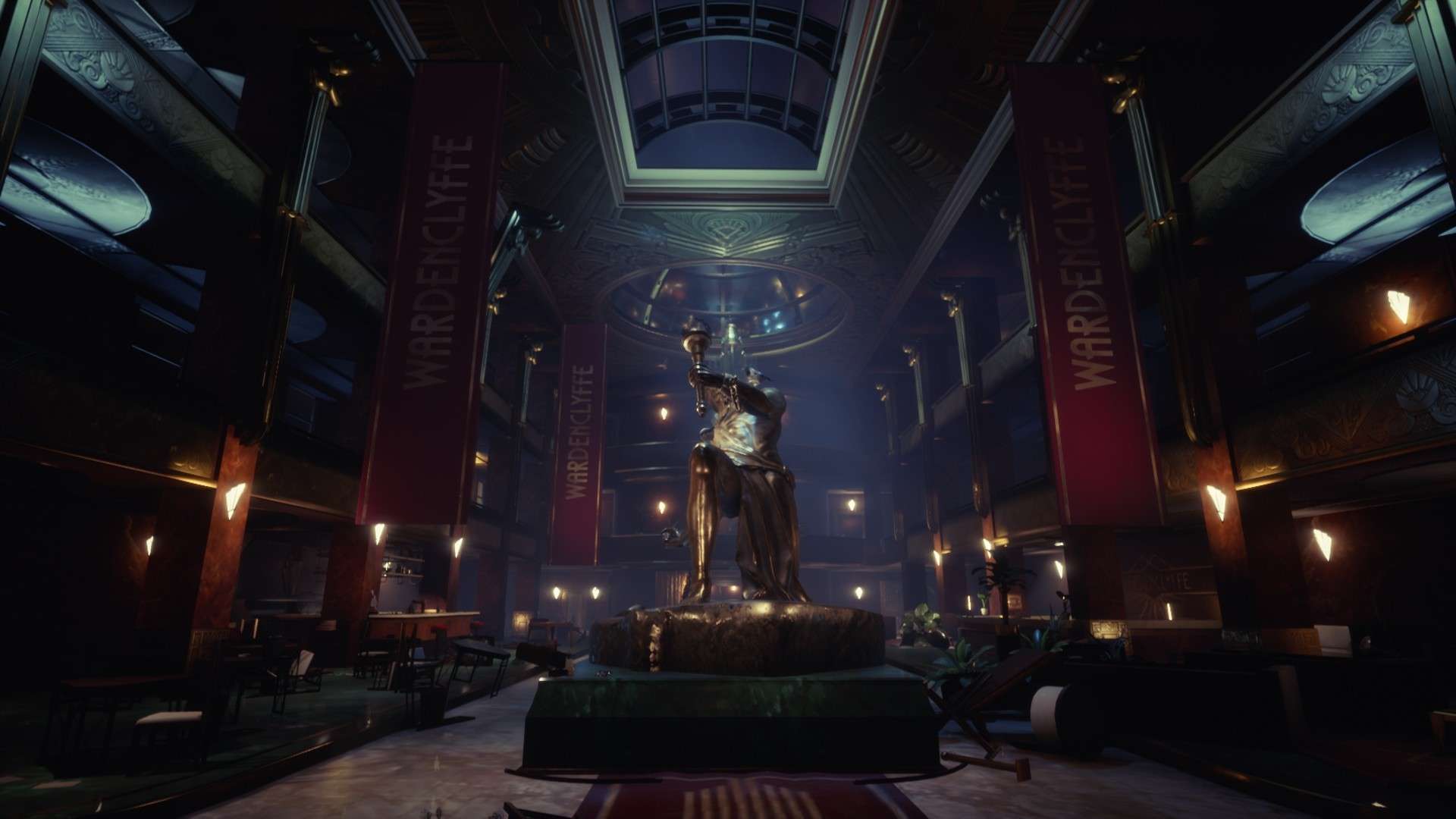
Close to the Sun PC Review
Alternative history is a fascinating genre that embellishes what-if scenarios for big events or important historical figures. Games have used this storytelling, either in serious or not so serious circumstances, for many years. Westwood Studios gave us a world in Command & Conquer: Red Alert where Albert Einstein invented time travel and had Hitler erased from the timeline, but in his place stepped up Stalin and the Soviet Union. Assassin’s Creed titles have gone through many time periods with their own twists on history, and S.T.A.L.K.E.R, that game showed us what happened if Chernobyl came about a second time and mutated the local inhabitants.
Close to the Sun‘s take on a changed history is with famous inventor Nikola Tesla. Instead of being in the shadow to Thomas Edison, in this timeline, he became a big success with his company Wardenclyffe, a business that powers the world with electric. Tesla now lives on a huge ship called the Helios, a haven for all the greatest scientific minds on the planet, who are here and able to work on their visions for the future free from interruptions by concerned nations. Tesla and his team’s inventions have become bigger and crazier than anything seen before, maybe too far beyond human perception.

Players take control Rose Archer, a journalist and sister of a well known scientist Ada Archer. Rose has received a letter from her sister asking to come and find her on the Helios, and so she goes straight to the ship in the prologue. Things are looking rather suspicious when she arrives, as it seems abandoned by its inhabitants, with the message “Quarantine” splashed on the entrance door as it automatically closes behind her, locking her inside. From here, Rose tries to find her sister using a communicator that hangs over the ear to enable radio contact between her and other people trapped on the ship that need her help. It takes time for the story to get going past the initial arrival, as the first chapters are spent exploring and taking in the environment, deciphering the unexplained laid before Rose before gaining a clue to give the player an idea what could be going on. Hang on, though, because once it is in full force, it throws many unusual and mysterious outcomes that made it enjoyable to play to the end of its five hour story.
From the visuals, it is easy to instantly feel a connection to BioShock, but Close to the Sun isn’t a first-person shooter, rather it falls more inline with games like Soma, Outlast, What Remains of Edith Finch and Observer, games that people might add the term “Walking Simulation” to. It is easy to classify Close to the Sun as this, because a lot of time is spent walking around, looking at objects, solving a few puzzles and occasionally chased by a rare enemy to have this sort of horror adventure blend. It’s all about delivering a stimulating and tense atmosphere, and developers have managed to do this rather well, even if at times uncovering an interesting story beat can happen a little on the slow side.

There is a lot of environmental storytelling and world building done here with the use of newspaper articles, journals, schematics, notes on walls and other various things scattered around the large ship to keep the tidbits flowing. While interaction with physical presences is a rarity, most communication is done through the earpiece, there is a eerie nature of activity present in Helios through the anomalies of history that show yellow particles shaped as humanoids performing out some actions from the past. Close to the Sun is good at giving the player information to build a well-thought out picture of what happened on this scientific vessel. This is all helped by quality voice acting from all the characters, although the sound balance can be off on the default setting, coming across quiet compared to sounds of the environment, so doing some adjustment might be required.
I am more than happy to give huge praise for Close to the Sun‘s superb use of sounds that add to the immersion. It manages to question what is coming with its use of baiting sounds to keep players on their toes. Is there a jump coming? Sometime it doesn’t, only to then get a jump scare later on after feeling safe from the adjustment in music. Mixing the brilliant sound design with its strong atmosphere, great soundtrack and wonderful visuals combines for a solid presentation, but it does have troubles when it comes to the gameplay.

Gameplay fails when the game is asking for more alert reactions from players during the chase sequences. They are obstacles that signal with a white icon that they need interacting with to pass. The issue is with timing, it never seems to react when you would expect it to, leading to times where you have clicked, but the action isn’t performed, leaving the character stuck while the oncoming enemy catches up and murders you. These chase sequences are instant death, so failing to pass an obstacle means a restart of the section. Checkpoints are usually right at the beginning of the chase, so it isn’t much time loss, but it’s not enjoyable when you fail the same section a few times with the game not responding to a press of the button.
The game is also limited in terms of exploration. While I did mention there are things to explore and read to take in some world building, the actual ability to explore this humongous ship is rather linear. Don’t expect to be having an open world experience on a boat, rather, this is a focused narrative that is letting the player walk room to room in the way the game wants its player to be doing.

Performance isn’t perfect on PC. Running the game on a 4.3Ghz i7-5930k and a 1080Ti at 1440p was mostly met with above 60FPS, but chase sequences considerably drop the frame rate. I don’t know if the game is rendering more when these scenes happen, because during the frantic sprints the game gives an option to look behind you, which isn’t normally a feature, and it only seems to heavily drop frames during those parts. It’s a shame, because for the most part, while the frame rate can vary in huge amounts, it never dropped below 60FPS, usually falling in between 80-120, but those few running sequences can bog the game down to the 30 mark.
Close to the Sun is an exploration adventure game that has the visuals, the atmosphere and the tension, but one key element, the gameplay, is under cooked compared to the rest. It’s a shame, because the developers have crafted something that is full of detail, manages to capture its audience through strong world building and solid voice acting that brings memorable personalities with the small cast. This greatness is soiled by the cumbersome chase sequences and unresponsive button controls, which leads to frustration to taint the overall experience. Still, Close to the Sun is one game I can still recommend for anyone who enjoys these slower type of adventure games. It won’t be the best atmospheric game you have come across, and I feel it’s a title that only needs to be played once, but that doesn’t stop the game from offering a fascinating setting and dazzling atmosphere.
